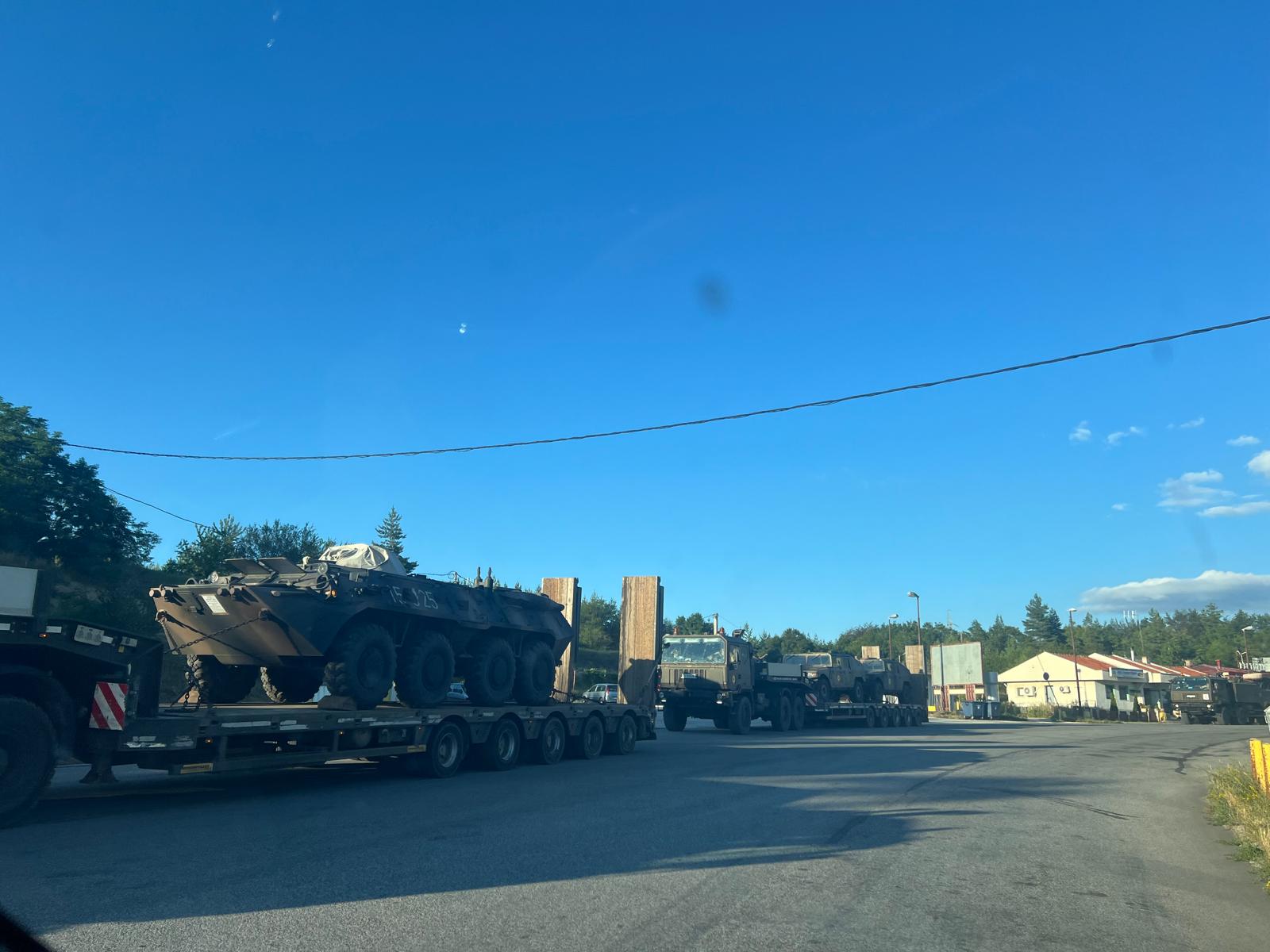
Честит Гергьовден!
Нека Свети Георги бъде наш щит срещу злото, меч в борбата със злото и съмненията и пламък, който осветява пътя ни най-накрая към една независима държава.
От нас зависи пожеланията и мечтите ни да се сбъднат и техниката като тази по-долу да я виждаме и в България, а не само в съседни на нас държави!
Време е да престанем да гледаме с въздишка как други вървят напред, докато ние стоим на едно място – със свити рамене, завист в сърцето и апатия в очите. България има всичко необходимо – земя, умове, традиция, дух. Това, което липсва, е воля и единство.
Свети Георги е символ на победата над страха и подчинението. Затова нека днешният ден не бъде просто празник на агнешкото, а повод да си припомним, че независимостта не се подарява – тя се извоюва.
Ако искаме съвременна техника, модерна армия, истинска икономика и държава, която не се огъва пред всяка външна заповед, трябва да работим за това – тук и сега. Да подкрепим българското, да изискваме отчетност, да говорим, когато другите мълчат, и да изграждаме, вместо да чакаме.
Нека днес не бъде просто поздрав. Нека бъде клетва за действие.
Честит Гергьовден – празник на силата, смелостта и истината.
Нека бъде началото на събуждането.
Помните ли времето, когато България имаше една от най-силните армии в Източна Европа? Преди 35 години българският войник беше уважаван, българският офицер – подготвен, а армията – дисциплинирана, снабдена и готова да защитава страната, не само на думи, а и с реална бойна мощ.
Имахме собствена военна промишленост, танкови бригади, авиация, флот, ракетни войски и системи за ПВО, които всяваха респект дори у най-големите ни съседи. Ние не просехме техника – ние произвеждахме. Български военни експерти обучаваха офицери в страни от Азия, Африка и Близкия изток. Знамето ни се уважаваше.
Днес, докато гледаме как съседите модернизират и показват сила, ние броим батальони и се хвалим с всяка дарена каска. Това ли заслужава народът на хан Аспарух, на Левски и на героите от Дойран?
Свети Георги не е символ само на лична смелост – той е покровител на българския воин, на този, който носи униформа не за паради, а за защита на Отечеството. Не може да има независима държава без силна армия. А силна армия се гради с воля, инвестиции, подготвени хора и ясна национална доктрина – не с PR и политически клакьори.
Днес, на Гергьовден, нека си спомним за славата, която имахме, и да си поставим цел – да я върнем. Не за война, а за сигурност. Не за показ, а за национално достойнство. България има нужда от армия, която пази народа си – не от народ, който да пази управляващите.
Честит празник на храбростта!
Нека Свети Георги отново поведе напред истинската армия на България – с чест, смелост и вяра в собствените сили!
Like this:
Like Loading…
Нашия източник е Българо-Китайска Търговско-промишлена палaта
